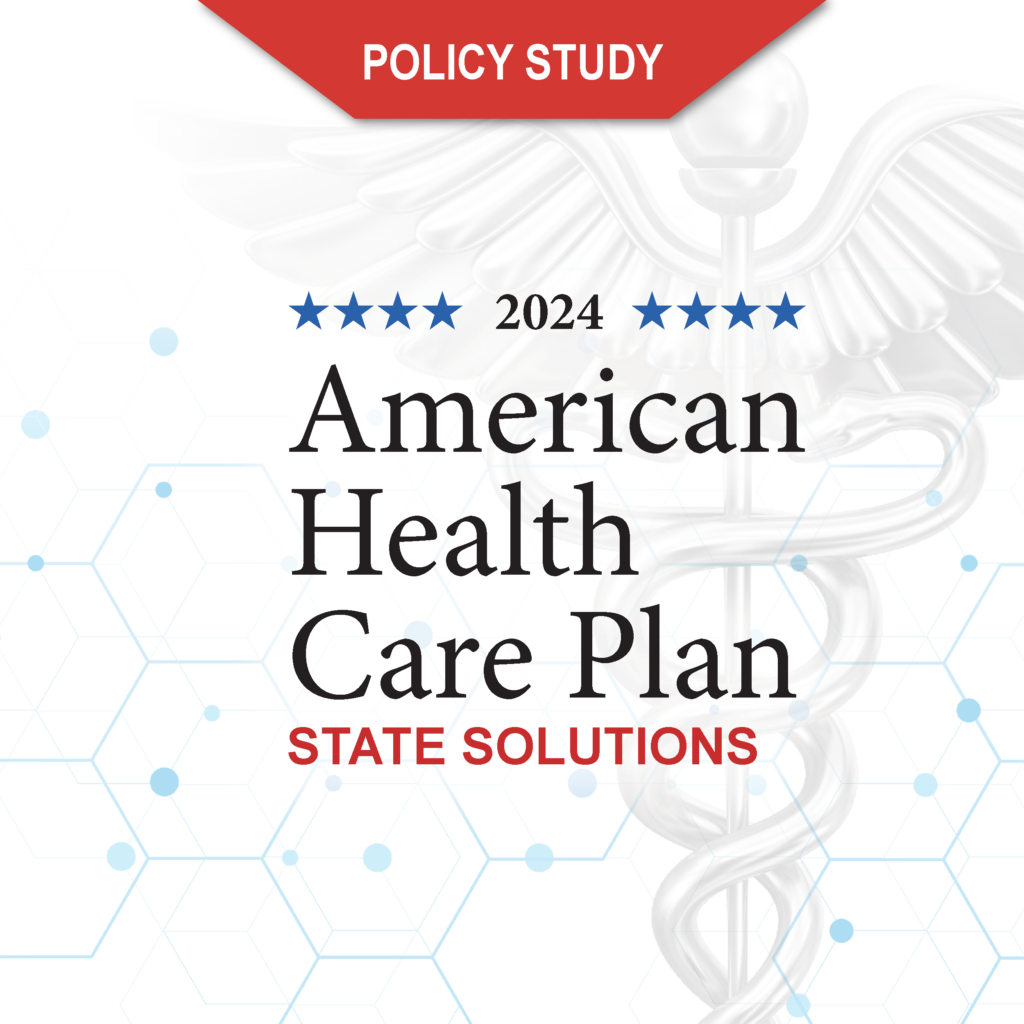Communities are forging ahead with using health care information technology to exchange health data, while their state legislatures are busy concentrating on policy issues, according to a new survey.
In 2005 and 2006, 24 states passed 36 bills calling for the use of information technology to improve health care, while 10 state governors issued executive orders to that effect, according to eHealth Initiatives’ Third Annual Survey of Health Information Exchange at the State, Regional and Community Levels. eHealth Initiative is an industry group representing providers, payers, vendors, and medical associations; it also advises states on health data networks. The survey received responses from 165 health information exchange network initiatives located in 49 states and Puerto Rico.
Implementation and Assessment
According to the survey, two-thirds of the regional and local network efforts are focusing on implementation, while 42 percent of state-level initiatives are focused on assessment, policy development, and planning.
At an institutional level, physicians and hospitals are still moving slowly in adopting certain aspects of information technology and electronic recordkeeping. (See sidebar.)
More than 20 percent of health care IT networks surveyed are exchanging clinical data and emphasizing services designed to support the delivery of care across the network, such as clinical documentation, results delivery, consultation/referral, electronic referral processing, and alerts to providers, according to the survey.
The networks increasingly encompass hospitals, health plans, employers, and primary care physicians, the survey found, with a special emphasis on electronic data sharing among primary and specialty care physicians.
In addition, while the federal government still foots the bill for most data exchange networks, the networks are receiving more funds from those who use and exchange data. The survey found nearly 25 percent of the initiatives currently receive funds from hospitals; 21 percent from payers; 16 percent from physician groups; and 13 percent from labs.
Given the range of players involved in these networks, as well as federal efforts to develop some form of electronic health care records (EHR) infrastructure (see “Health IT Bill: Boon or Boondoggle?” IT&T News, September 2006), the report recommends that national, state, and local policymakers align their information technology and health care quality policies. The survey notes the technical and policy infrastructures some communities and states are now building for health data exchange could also support quality of care initiatives, which often require improved and uniform reporting of results.
Sharon J. Watson ([email protected]) is a freelance writer.
For more information …
Improving the Quality of Healthcare through Health Information Exchange, September 2006, is available through PolicyBot™, The Heartland Institute’s free online research database. Point your Web browser to http://www.policybot.org and search for document #20147.



